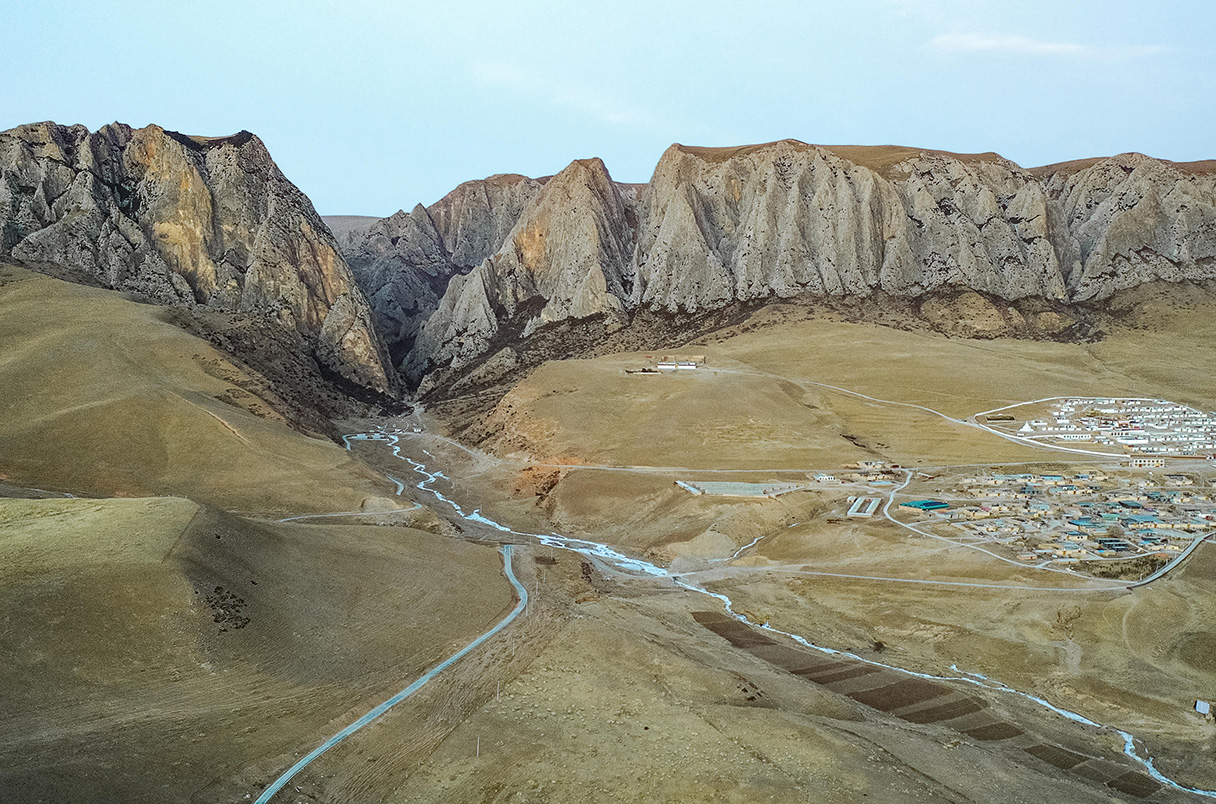
COPENHAGEN, DENMARK—According to a Scientific magazine In a report, Huan Xia of the Chinese Academy of Sciences and Frido Welker of the University of Copenhagen have identified a Denisovan rib bone found in the Baishiya Karst Cave on the Tibetan Plateau, among the remains of yaks, deer, hyenas, wolves, snow leopards, golden eagles, pheasants and rabbitan animal also known as the blue sheep. The hominin rib was identified by analyzing proteins in the collagen using zooarchaeology by mass spectrometry, or ZooMS. The amino acid sequences in the rib were found to closely match those found in the remains of a Denisovan girl who lived in the Altai Mountains of Siberia about 50,000 years ago. Many of the animal bones in the study showed cut marks likely made by stone tools found in the same layers of the cave, indicating that the Denisovans processed the animals for their meat, marrow, and hides, and may have made tools from some of the bones. The Denisovan rib has been dated to between 48,000 and 32,000 years ago, when modern humans also lived in the region. Modern Tibetans are known to carry a gene variant, thought to have been inherited from Denisovans, that helps them breathe at high altitudes. The researchers suggest that this contact between Denisovans and modern humans may have occurred on the Tibetan Plateau. Read the original scientific paper about this research in Nature. To read about the analysis of another bone discovered in the cave, see “Denisovans at Altitude,” one of aRCHEOLOGY‘s Top 10 discoveries of 2019.
